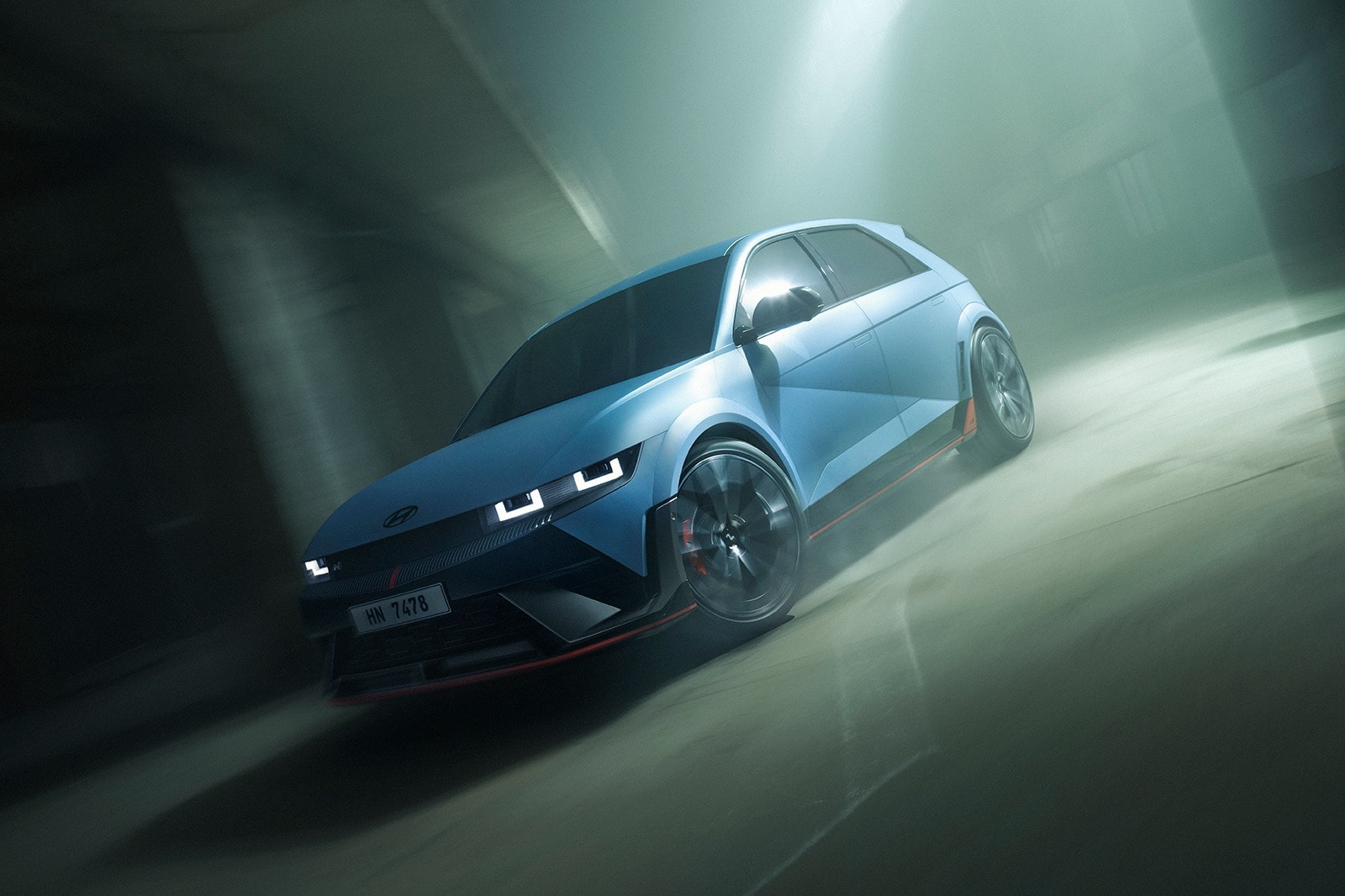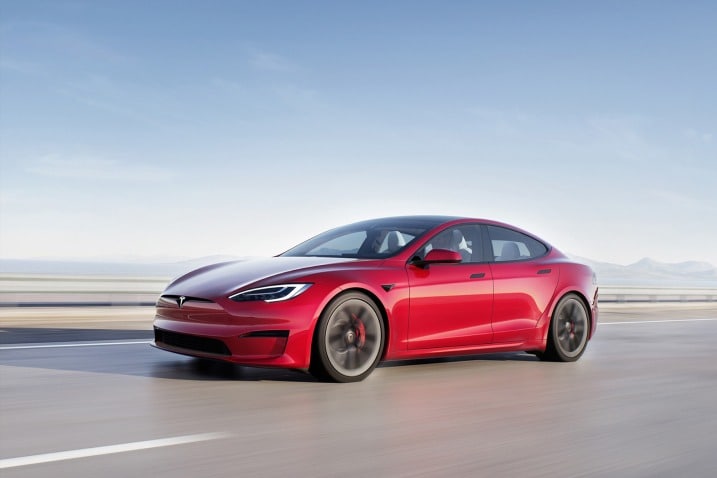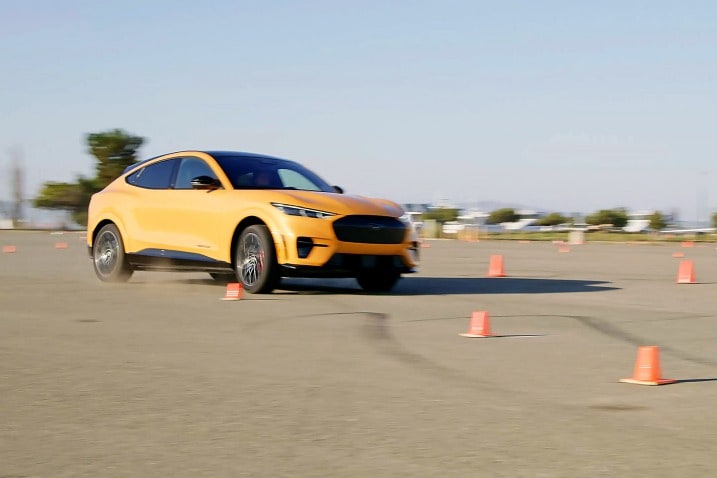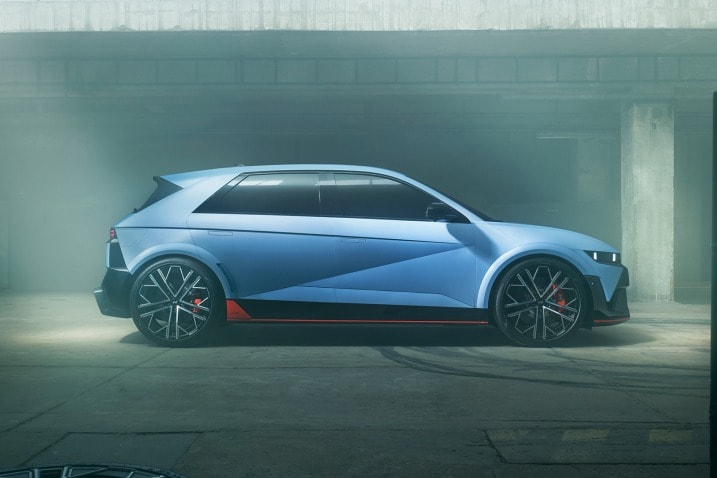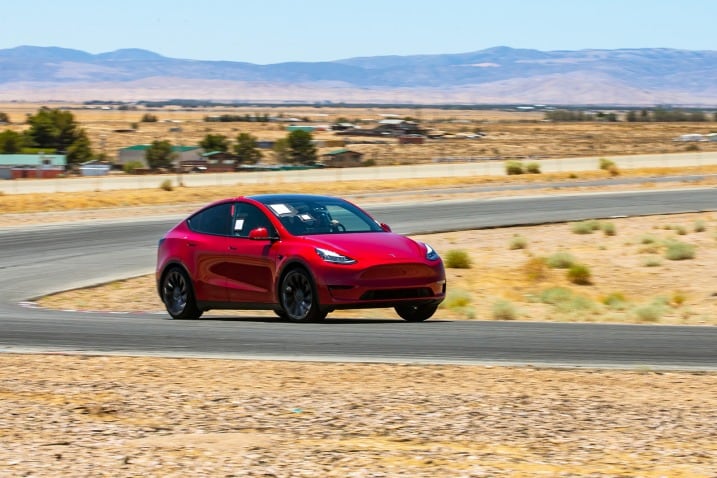Muscle cars may be rare in today's new car market, but the industry is evolving toward electric muscle cars in the future. Before you muscle-car enthusiasts go up in arms for putting the words "electric" and "muscle cars" together, let us explain. The automotive industry has changed a lot since the heyday of muscle cars in the '60s and '70s. So, it's inevitable that the few remaining muscle cars will transition to all-electric powertrains.
The definition of a muscle car is endlessly debated, but most will agree that a muscle car is a performance version of a coupe that offers lots of power for an affordable price. It's also typically American and rear-wheel-drive and delivers impressive straight-line acceleration. Electric muscle cars can offer most of that, but instead of a massive V8, you get electric motors that provide better performance. Below is a list of upcoming electric muscle cars and modern-day electric examples.
Table of contents:
The electric muscle car: 2025 Dodge Charger
The four-door electric muscle car: Tesla Model S Plaid
The electric "muscle sports car": Chevrolet Corvette EV
Electric "muscle utility vehicles"
